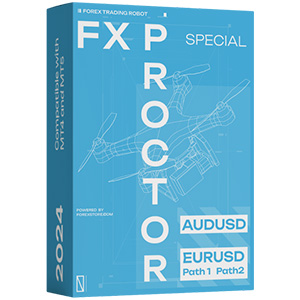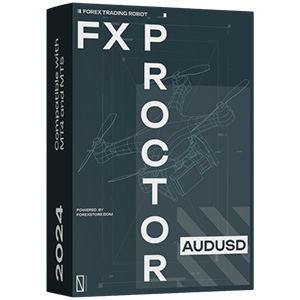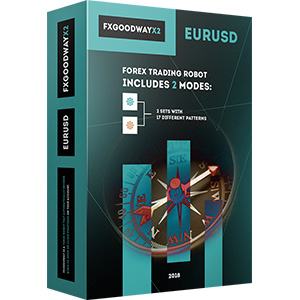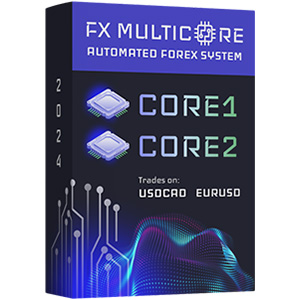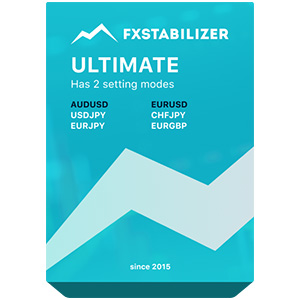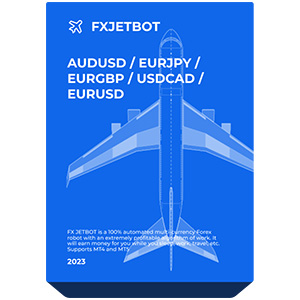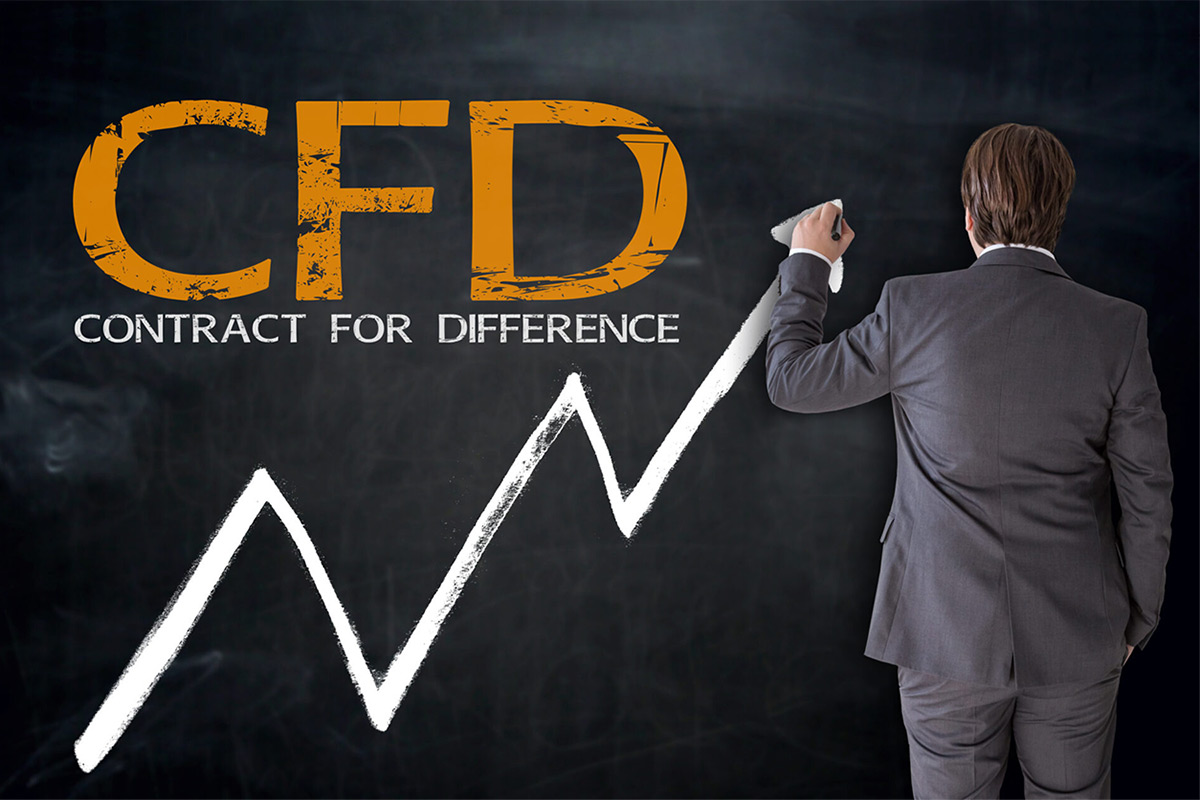
財務資産の数には、実物資産とデリバティブの2つの基本的なタイプがあります。株式、商品、または通貨ペアなどの実物資産は、有形で実際の価値を持っています。一方、デリバティブは、実物資産(通常は売買)に関する何かを行う権利を確認する契約です。デリバティブには、オプション、フォワード、CFD(差金決済契約)などが含まれます。この記事では、外国為替市場におけるCFDの意味と取引のベストプラクティスについて説明します。
CFD(差金決済契約)とは何ですか?
差金決済契約は、契約が終了する際の現在価格と将来価格の差額を売買する権利を与える契約です。常に基礎となる資産に結びついていますが、この資産を所有する権利を与えるものではありません。
外国為替市場におけるCFDとは何ですか?
外国為替市場のCFDは、それらを所有することなく通貨ペアを取引することを可能にします。つまり、トレーダーがCFDを購入し、価格が正しい方向に動くと、価格の差額を取ることができます。トレード前後に通貨を所有する必要はありませんが、CFDによりこの変動から利益を得ることができます。
CFD vs. 外国為替市場:違いは何ですか?
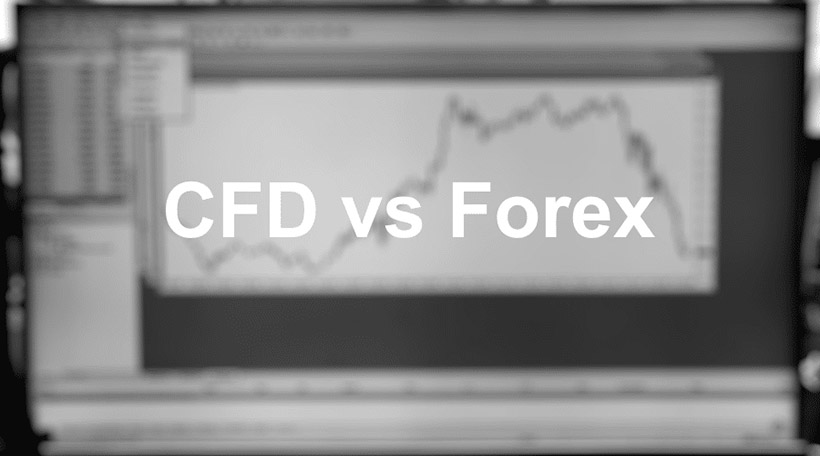
CFDと外国為替市場の違いは簡単です。外国為替市場では、注文を行うために一定の通貨を所有する必要があります。以下はCFD外国為替市場の例です:米ドルの一定額を持っており、EUR/USDペアが上昇すると考える場合、今すぐユーロを購入することができます。将来的には、より高価になるでしょう。
あなたの予測が正確であれば、入札に依存するまともな利益を得ることができます。ただし、口座にドルがない場合、このペアで何もできません。差金決済契約は、これらの通貨を所有せずに利益を得る機会を提供します。ただし、損失も常に発生する可能性があります。重要なのは、ゲームが資産全体の価値ではなく価格差に関係しているということです。
外国為替CFD取引
Forex CFDとは何ですか?実際、通常のFX取引とかなり似ています。実際、価格の変動で利益を得ることもあります。同じテクニカル分析ツールを利用し、類似の戦略を適用します。違いは、実際にその通貨をいつでも所有していないということです。多くの類似点があるにもかかわらず、注意すべきニュアンスがいくつかあります。実際のお金を投資する前に、CFD外国為替取引の利点とリスクをすべて把握することが重要です。
外国為替CFD取引の利点
ForexのCFDの利点のリストはかなり印象的です。高いレバレッジ、両方向への取引、高い投資なしで市場へのアクセス、24時間365日取引、その他いくつかが含まれます。それらを詳しく見てみましょう:
- レバレッジとは、実際に所有している金額よりもはるかに大きな取引を行うことができることを意味します。通常、比率として表されます:20:1、30:1など。これは、初期資本よりも20倍または30倍大きなポジションを持つことができることを意味します。これはCFD FX取引にとって重要な概念であり、比較的少額の入金で利益を増やすことを可能にします。
- 両方向での取引。通貨ペア(例:EUR/USD)を取引し、米ドルを所有している場合、それらを売ることしかできません。つまり、下降トレンドを予想する場合にのみポジションを開きます。CFDを利用すると、上昇と下落の価格について投機することができます。期待に応じて、ロングポジションまたはショートポジションを開くことができます。「ロング」と「ショート」は、Forex CFD契約で行う操作を表す用語です。ロングを行うとは、買い注文を出し、上昇トレンドを期待することを意味します。逆に、ショートポジションを開くと、熊市の曲線の場合に利益を得ることができます。
- 一日中取引ができることは、CFDのもう一つの利点です。Forexは週に5日しか動作せず、週末は休場です。それにもかかわらず、差金決済契約は週中いつでも利用可能です。CFDの価格変動は平日に市場に関連していますが、トレンドは週末にはトレーダーのセンチメントにより大きく左右されます。スキャルピングやデイリー戦略を好む場合、市場が停止しているときに取引を停止する必要はありません。
- 所有権は必要ありません。CFDがForexに対して持つ最後の利点です。トレーダーは、利益を得るために所有している通貨をすべて所有する必要はありません。それでも、差金契約の助けを借りて主要な通貨、副次的な通貨、エキゾチックな通貨ペアで収益を得ることができます。これにより、ヘッジやその他のリスク管理テクニックに対する大きな機会が開かれます。
リスクと考慮事項
リスクは取引の自然な一部です。適切なリスク管理システムがない限り、金融取引に関与することは無謀です。特にCFD取引の場合は特にそうです。なぜそうなのでしょうか?その理由はレバレッジメカニズムにあります。利益を拡大するのには素晴らしいですが、損失も増幅する可能性があります。
預金の急速な枯渇を避けるためには、適切な予防措置を講じる必要があります。まず、ポジションを開く際には、トレーダーはストップロスを設定するべきです。これにより、価格が不利な方向に変動した場合の大きな損失を防ぐことができます。これらの注文は、MT4、MT5などのすべての取引プログラムで自動的に実行されます。
ストップロスと同時に、利益確定注文を設定して、利益を確保し、トレンドが変わる前に引き出すことをお勧めします。
CFD取引で考慮すべき他の問題の1つは、可能なスリッパリーです。これは、注文を閉じた価格とトレーダーが実際に受け取る金額との差です。これは、外国為替市場の高いボラティリティによるものです:数秒で、トレンドが数ピップ移動することがあります。
適切なリスク管理のためには、投資ポートフォリオ内の資産を分散させることも重要です。ネガティブな市場要因の影響を軽減するために、複数の通貨ペアを選択してください。
最後になりますが、トレーディング戦略はリスク管理テクニックであるべきではありませんが、その実行の怠慢はあなたの預金を著しく危険にさらす可能性があります。一方、トレーディングソリューションの一貫性は、高い突然の損失のリスクを著しく減少させることができます。
外国為替CFD取引を始める方法

CFD外国為替取引を始めるのは難しくありません。いくつかの準備手順を踏んだ後、トレーダーの旅を始める必要があります。以下のステップバイステップの手順をご覧ください:
- ステップ1. Forex CFDブローカーを選択します。世界中には何百ものブローカーが存在します。しかし、すべてが最高のサービスを提供しているわけではありません。調査を行い、レビューを読み、質問をサポートサービスに転送します。ニーズに合ったブローカーを見つけたら、次のステップに進みます。
- ステップ2.口座を開設します。これには、いくつかの個人情報を入力する必要があります。これには、フルネーム、自宅住所、生年月日、連絡先の詳細が含まれます。情報が正しいことを確認してください。
- ステップ3.身元を確認します。資金を入金して取引を開始する前に、身元を確認する必要があります。これを行う方法はブローカーによって異なりますが、通常、確認プロセスは非常に簡単です。ほとんどの場合、パスポートや運転免許証のコピー、および住所の証明書をアップロードする必要があります。
- ステップ4.資金を入金します。身元が確認されたら、CFDブローカーアカウントに資金を供給できます。
- ステップ5.取引を開始します。これで、CFD取引で大きな機会を探ることができます。スキルに自信がない場合は、プロフェッショナルで収益性の高い支援を得るために、最高のForexロボットを試すことができます。
ForexのためのCFD取引戦略
戦略を開発することは、CFD取引の創造的な部分です。数十種類の異なる戦略を見つけても、あなた自身の戦略はまだユニークです。取引方法は、あなたの個性、リスク許容度、および他の多くの要因に依存します。
CFD取引で一般的に使用される戦略の例を見てみましょう。たとえば、デイトレーダーは5分足チャートを使用し、1日に4〜5回の取引を行い、各取引は約30分間有効です。
CFD Forex取引:実践的なヒントとテクニック
外国為替CFD取引が成功するためには、取引の準備を十分にすることが非常に重要です。次の4つの小さなヒントに注意して、問題をうまく乗り越えて利益を上げるのに役立ちます。
ヒント1.戦略に固執する
明確なルールに基づいた明確な戦略を立てます。取引中に即興をしないでください。感情が最適な解決策を妨げるため、計画を実行する際にはしつこくする方が良いです。
ヒント2.適度なレバレッジを使用する
大きなレバレッジは大きな勝利の機会を提供するため非常に魅力的です。ただし、リスクも徐々に増加します。CFD外国為替取引を行う際には、10:1を超えるレバレッジは推奨されません。これは、トレーダーが高いリワードと受け入れ可能なリスクのバランスを維持できる最適な値です。
ヒント3.常にストップロスを設定する
市場は非常に速く変化する可能性があります。そのため、資金を保護する自動注文を設定する必要があります。すべての取引ソフトウェアにはこのオプションがありますので、基本的なテクニカルツールを学ぶ前に取引を開始しないでください。
ヒント4.市場を調査する
差金決済取引には独自の特性があります。暗号市場や指数市場の経験があっても、外国為替CFD市場には十分な調査が必要です。さまざまな時間枠のチャートを調べ、主要なテクニカルインジケータを学んでください。それから初めてCFD取引を開始できます。
結論
CFD FX取引は利益を上げる良い機会を提供します。ただし、CFDにはポジションを開く前に考慮すべき重大なリスクもあります。トレーダーは詳細な市場分析を行い、資金を投資する前に慎重である必要があります。信頼性の高いブローカーと効果的な戦略を選択することで、成功する可能性を大幅に高めることができます。


